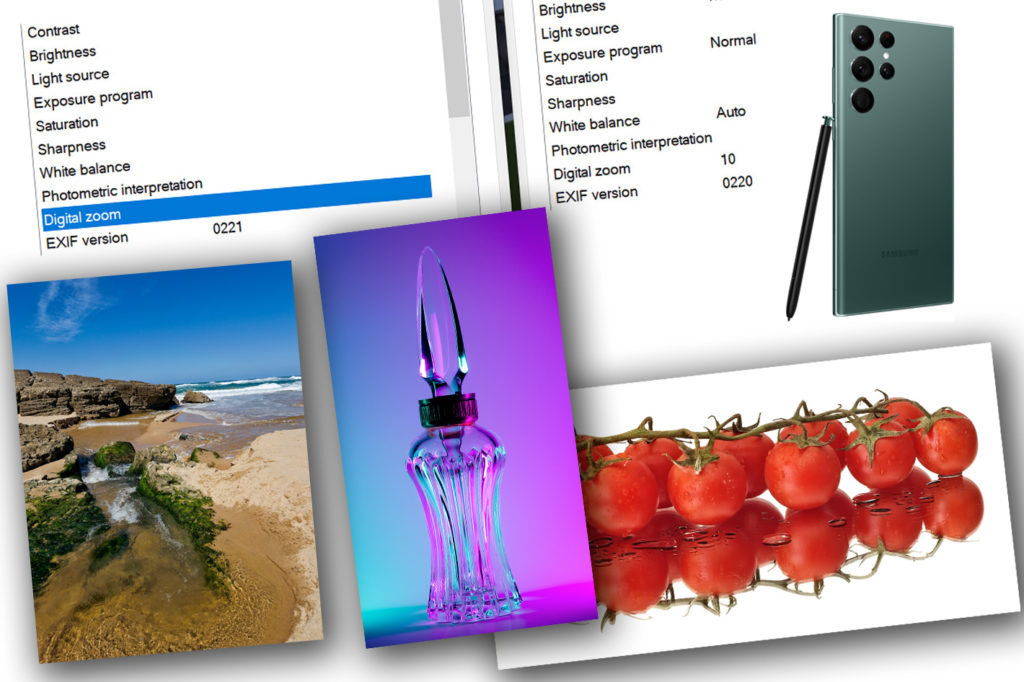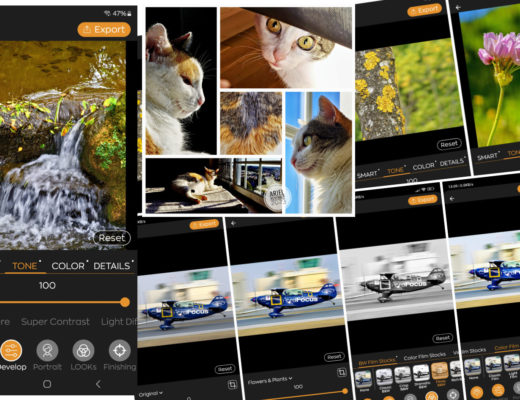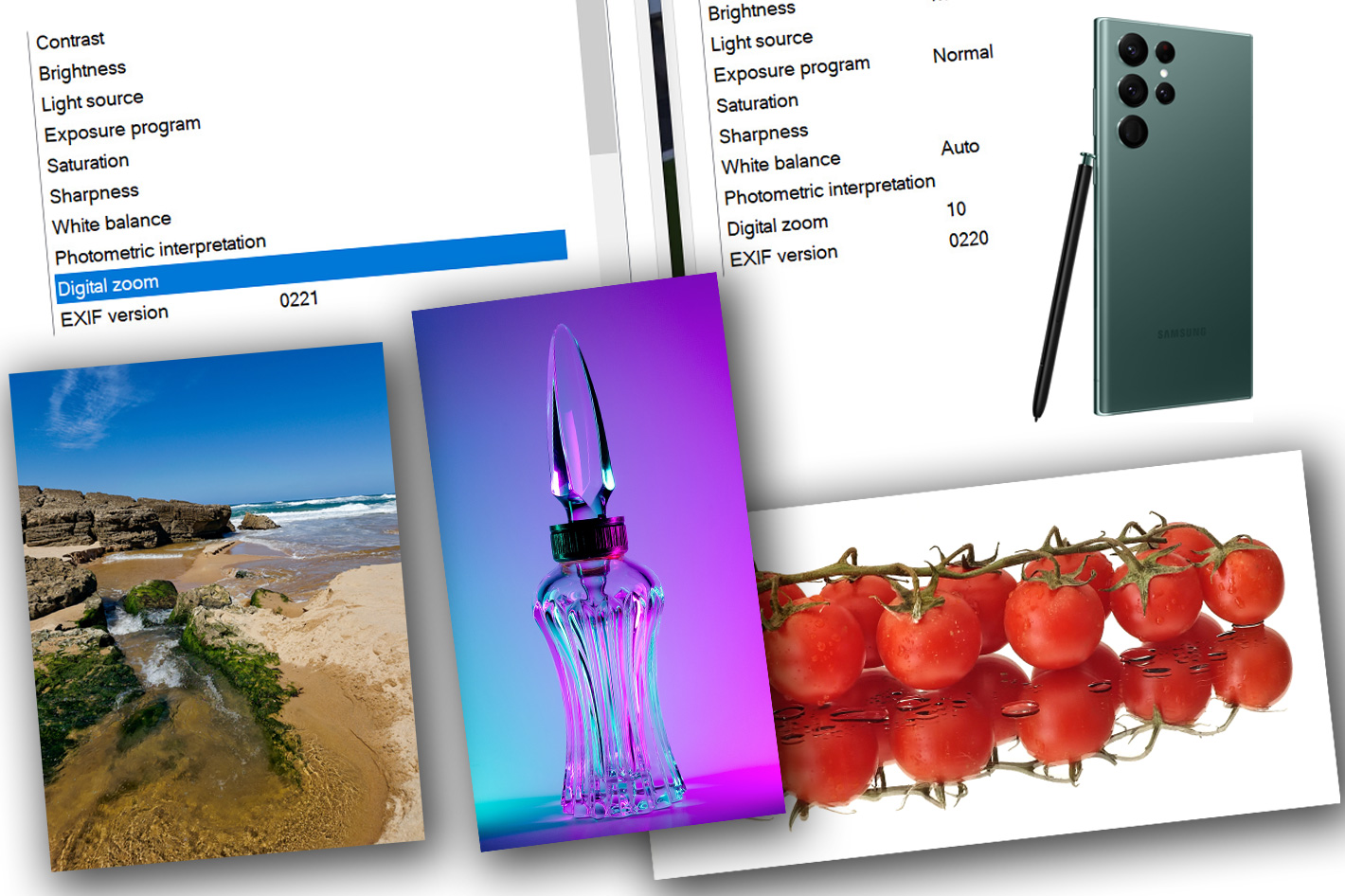 Samsung says that its Exynos 2200 advanced ISP (image signal processor) has zero shutter lag at 108MP… but that’s not really what I see when I photograph with my Samsung Galaxy S22 Ultra.
Samsung says that its Exynos 2200 advanced ISP (image signal processor) has zero shutter lag at 108MP… but that’s not really what I see when I photograph with my Samsung Galaxy S22 Ultra.
One thing is the marketing blurb, the other reality: Samsung devices have always been prone to lag when you press the shutter on your smartphone’s camera, and it has not changed when you go for the actual flagship smartphone from the company, the Samsung Galaxy S22 Ultra. The problem, you see, is that when introducing its own image signal processor, the advanced Exynos 2200, the company says it comes with twice the bandwidth to support resolutions of up to 200MP and zero shutter lag at 108MP. Plus, it can connect up to seven cameras and run four of them concurrently. With the help of AI engine, the ISP also provides tailored choice of color, white balance, exposure and dynamic range for each individual scene.
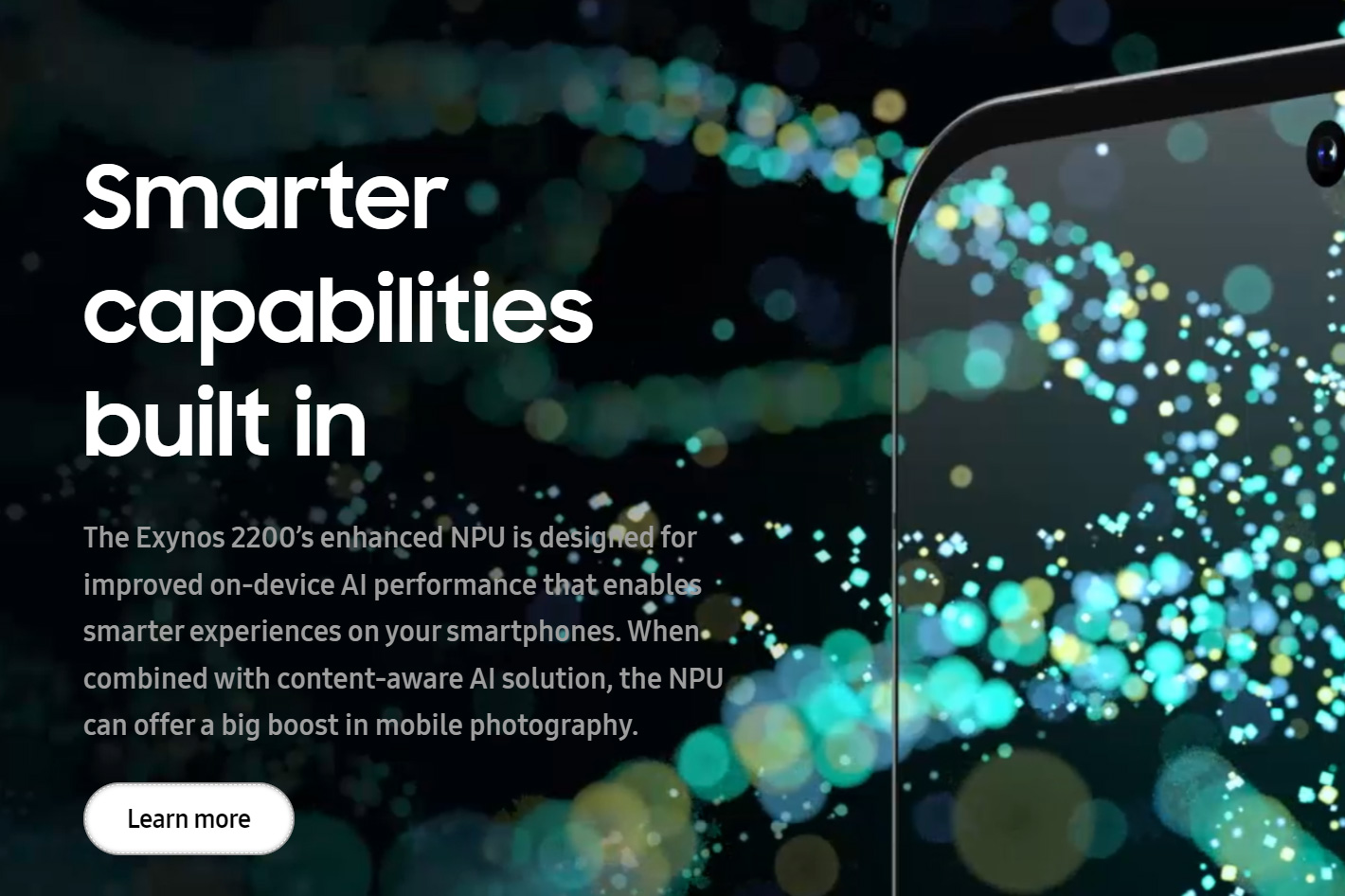 While that sounds great on paper, the more I explore what the Samsung Galaxy S22 Ultra smartphone can do, the more I feel that Samsung does not explain users – and us photographers – how it all works under the hood. I’ve asked a few questions to Samsung since the smartphone was launched, from the effective MFD (minimum focusing distance) of the lenses used – crucial info for some serious photography, and data that is usually included in specifications – to the inner functions of the Expert RAW app, and I’ve yet to get answers. First questions were asked last February, so….
While that sounds great on paper, the more I explore what the Samsung Galaxy S22 Ultra smartphone can do, the more I feel that Samsung does not explain users – and us photographers – how it all works under the hood. I’ve asked a few questions to Samsung since the smartphone was launched, from the effective MFD (minimum focusing distance) of the lenses used – crucial info for some serious photography, and data that is usually included in specifications – to the inner functions of the Expert RAW app, and I’ve yet to get answers. First questions were asked last February, so….
Lag when you shoot is a reality with the S22 Ultra. So, the “zero shutter lag” is a marketing thing not visible in the real world. Lag, for those not familiar with the name, it’s the delay between the moment you press the shutter and the exact moment the photo is taken. Try to capture kids playing and you’ll get to understand what lag is. As I do not usually photograph people, I had to try it myself, after a friend photographer using the S22 Ultra to shoot children told me that she felt she was “losing my touch” … She isn’t, it’s the S22 Ultra lagging…
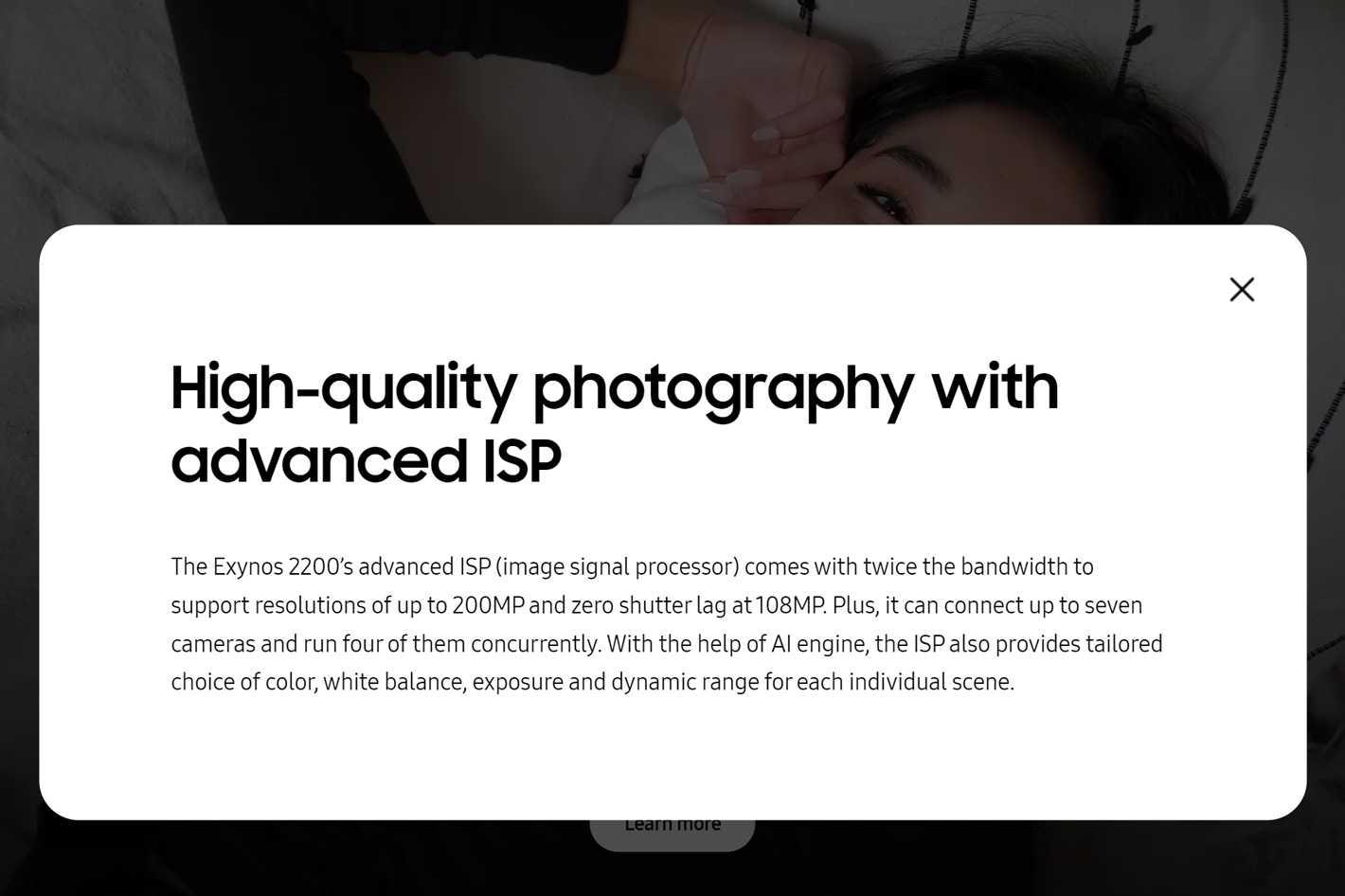 Samsung… where is the zero shutter lag?
Samsung… where is the zero shutter lag?
Other smartphone brands have managed this aspect, but I am not sure how much of it depends on Artificial Intelligence. For example, Google’s Pixel 6 smartphone can do photos of people with sharp faces, even if the rest is a blur, because of a neat trick its AI does. I am not sure that’s the way I want to go, though… Just give me control of shutter speed and the promised “zero shutter lag at 108MP” Samsung talks about – also extended to other cameras/lenses – and I will be happy. And to make things even better, a focusing system that is faster and more precise under low light levels than the one now available… Do you think I am asking too much? Well, it was Samsung who said they are building smartphones for photographers…
As it is now, it’s as if the S22 Ultra is more for snapshooters, that don’t care much about how the whole photographic process works, and, yes, those who look at images of the Moon taken with the 100x digital zoom – meh! – and say “wow” … No, don’t get me wrong, I’ve taken some fantastic images with my S22 Ultra, but I’ve accepted, coming from film and conventional digital photography, that I need to trade resolution for emotion and have lower expectations when it comes to telephotos.
Having said that, I’ve had fun exploring the Galaxy S22 Ultra (the images published here and in other articles should give you an idea), and I am only starting, as there is so much to try, but I feel as if Samsung delivers its “smartphones for photographers” without instructions. Imagine getting your next camera without a manual! It simply makes no sense… also because with the S22 Ultra you not only have to fight the AI – sometimes – to make your photography instead of the photo the engineers believe is right (what does the “Best Shot” info that appears on the screen mean?). It doesn’t end there, though, because even when you believe you’re in control, like when you use Expert RAW app, said to be the tool to give photographers more options, you discover that the AI is still playing with your settings and deciding on its own.
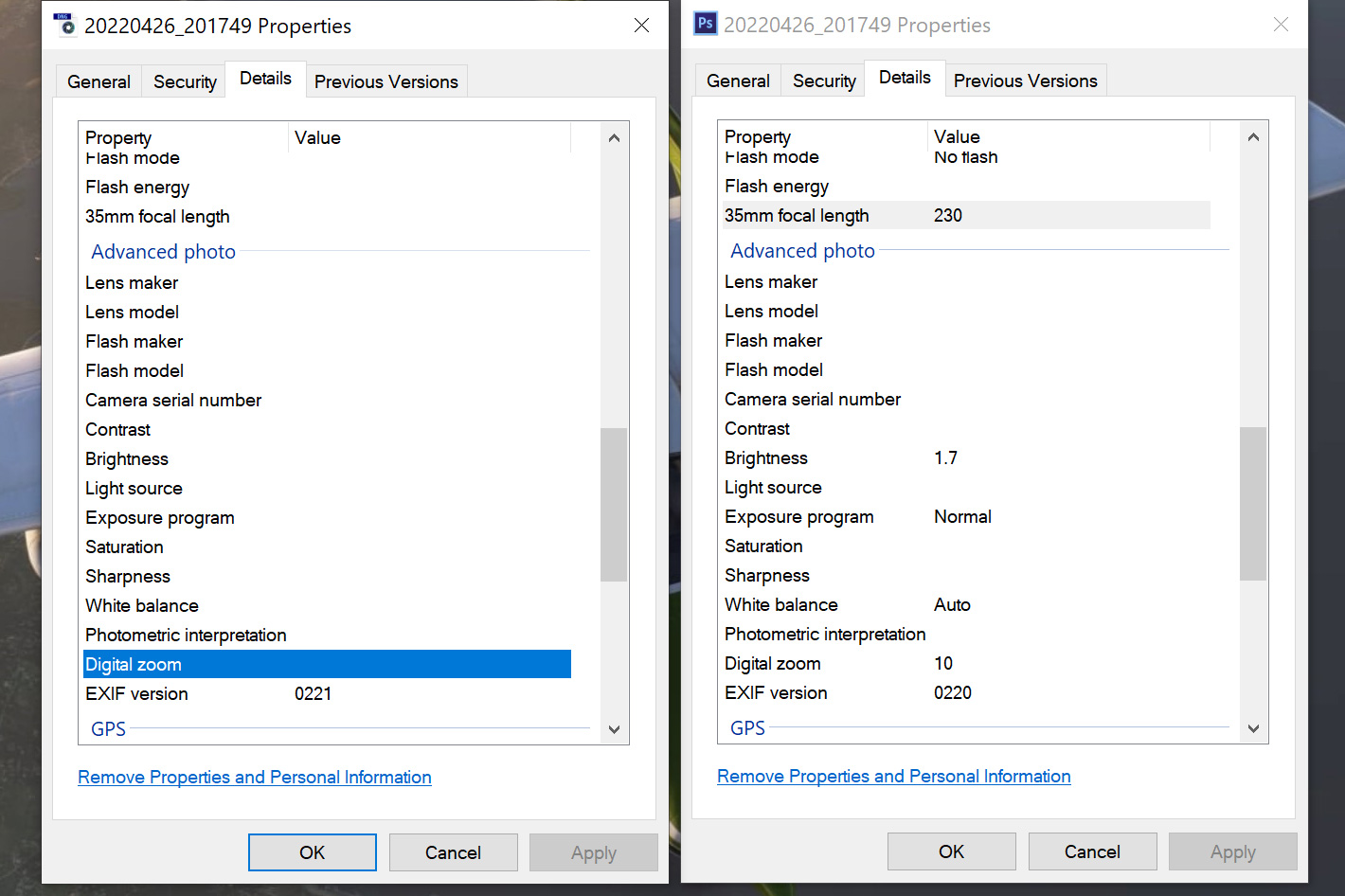
A Samsung mystery: EXIF and digital zoom
One good example comes, exactly, from Expert RAW – which Samsung continues to promote without REALLY explaining what’s under the hood. The app is, at least on paper, ideal if you want to use the power of RAW, as it creates a DNG file along with a JPEG. Logically, you will think that the JPEG is similar to the DNG, with some automatic photo editing added. That’s how it should be. But if you care to check the EXIF info for both files you’ll discover, when you shoot with the 3x and 10x telephotos, that while the DNG is the result of the optical lenses in the S22 Ultra, the JPEG files appear to have been taken with the main sensor (108MP) on the 23mm camera and the result is… a 3x crop and… a 10x crop. Yes, it’s digital and not optical…
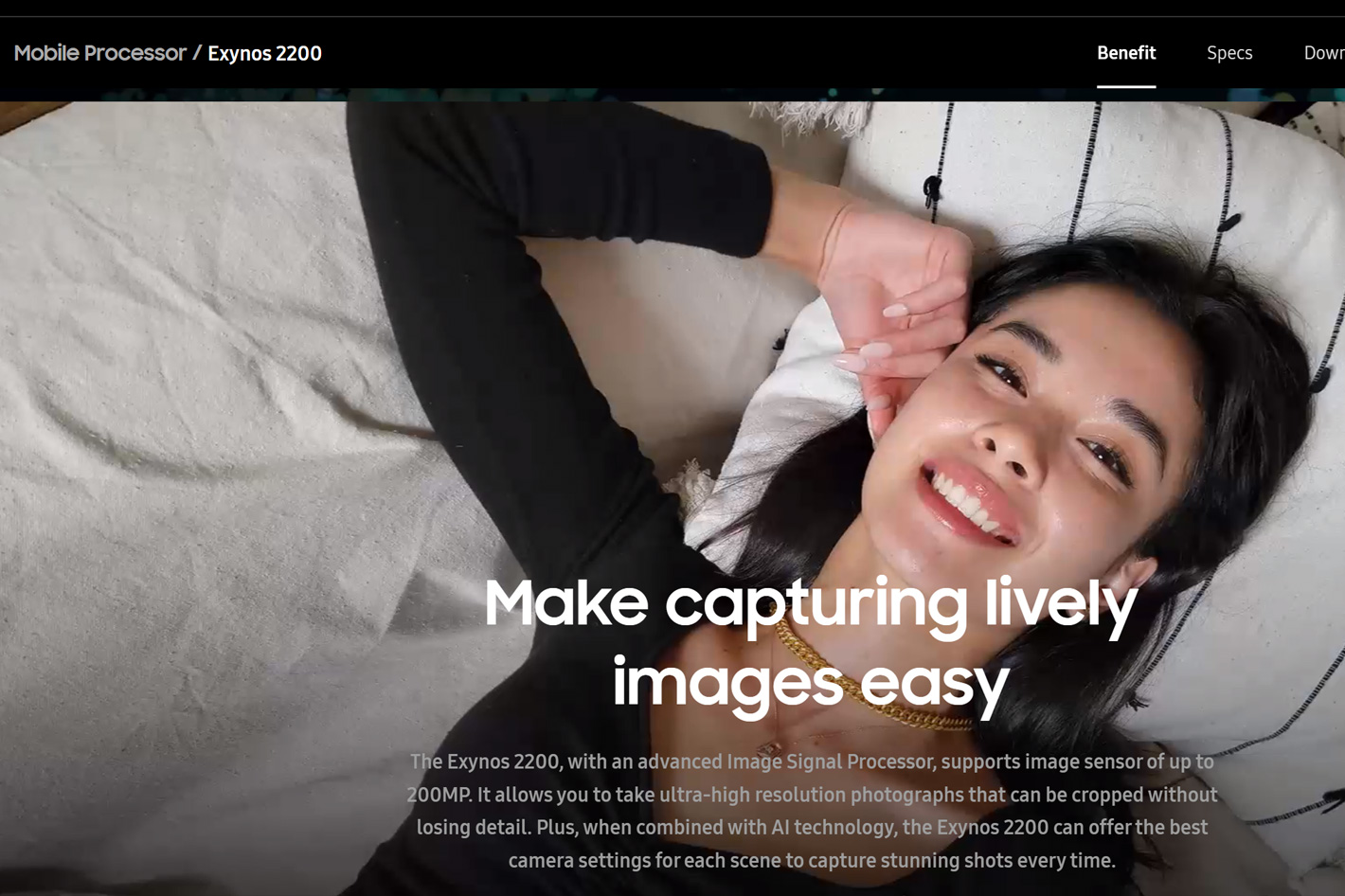 While I understand that the idea behind the use of the Expert RAW app is to use the DNG files for editing, if you decide to use the JPEG, it’s good to know that it’s based, apparently, on the info captured by the main sensor with a crop applied… and not the telephoto you used. Nowhere does Samsung explain these things (if that’s how it is working), but it would be good to tell users – those who are interested, at least – the mechanics behind photo capture using Expert RAW.
While I understand that the idea behind the use of the Expert RAW app is to use the DNG files for editing, if you decide to use the JPEG, it’s good to know that it’s based, apparently, on the info captured by the main sensor with a crop applied… and not the telephoto you used. Nowhere does Samsung explain these things (if that’s how it is working), but it would be good to tell users – those who are interested, at least – the mechanics behind photo capture using Expert RAW.
The most puzzling thing, though, is that if you cover the main camera, when using the Expert RAW app, and capture images with the 3x and 10x telephoto, you still get a pair of images – DNG and JPEG – one optical and the second with what some call “a digital zoom”, according to EXIF… But how was the JPEG, which is based on a 3x or 10x crop, supposedly from the 108MP sensor, captured if the lens was covered? Can someone at Samsung explain this?
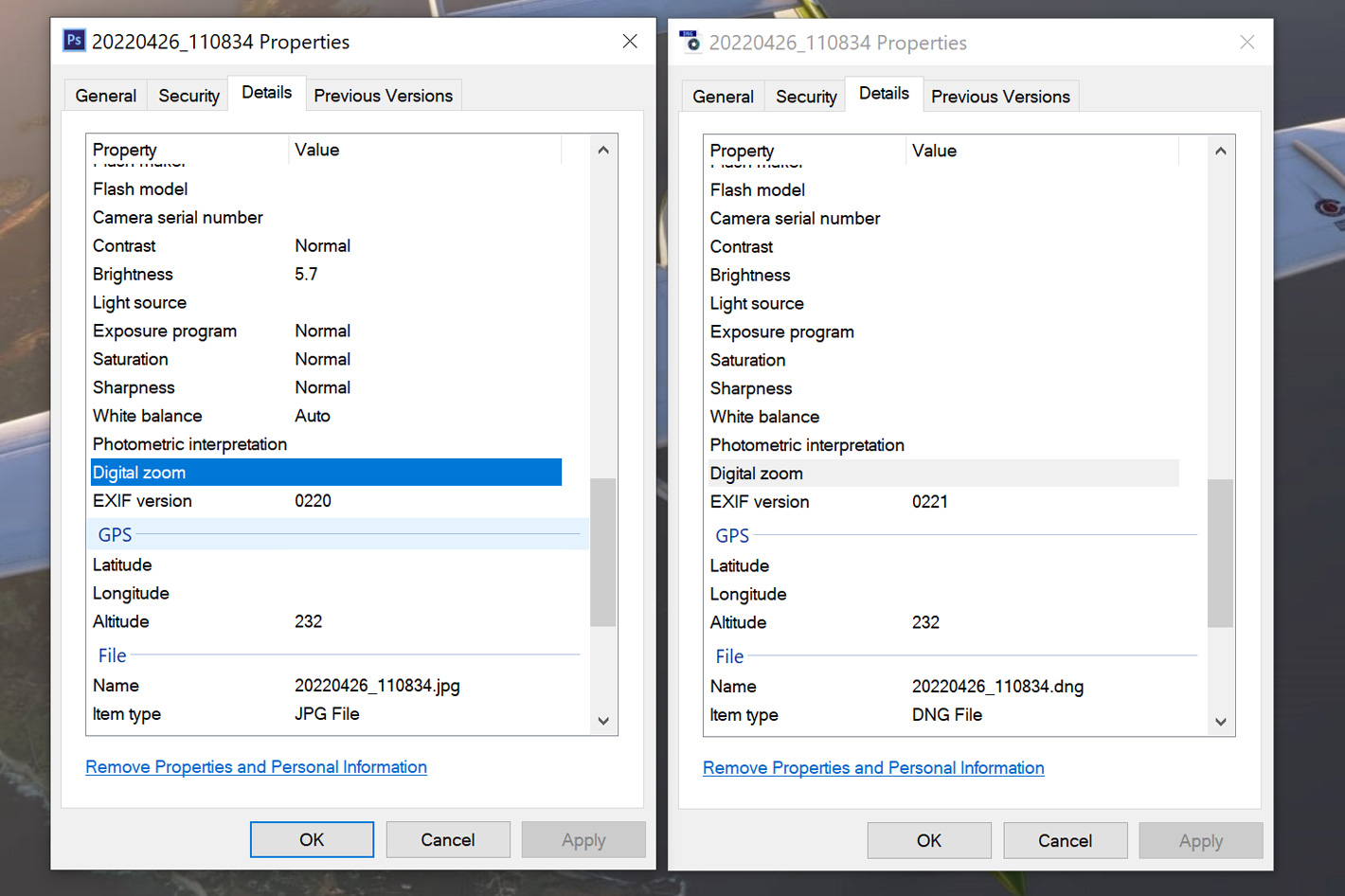
The Pro mode and the EXIF data
Surprises do not stop there, though: if you use the Pro mode from the basic camera app and take photos using the two telephotos – 3x and 10x -, you’ll find out, when opening the EXIF from the DNG and the JPEG, that both files were made the optical focal length chosen, meaning there is no “digital zoom” involved. At least, that’s what the EXIF shows…
It’s really puzzling why Samsung has designed the camera systems this way, and even more puzzling why they don’t explain photographers the how and why behind the way the two apps and the S22 Ultra work. As this model, because of its focal length coverage (16 to 230mm), is the one photographers will pick if they want a smartphone to replace a camera, it makes sense for Samsung to be open about the way they’ve implemented the camera part of the device. I believe we all would learn something, and that includes the engineers behind these cameras. Maybe the next Samsung smartphone will not lag, as the S22 Ultra does now… and be less of a mystery when it comes to the way it works.

Filmtools
Filmmakers go-to destination for pre-production, production & post production equipment!
Shop Now